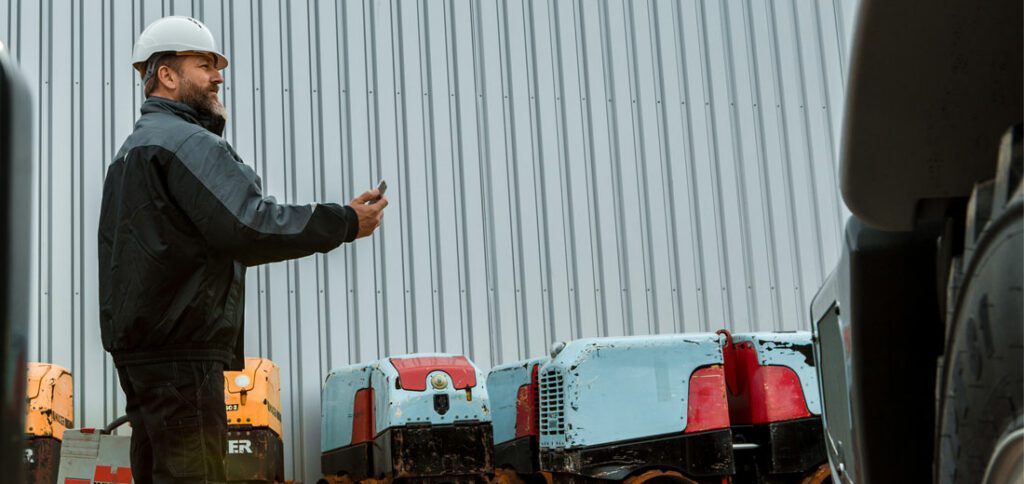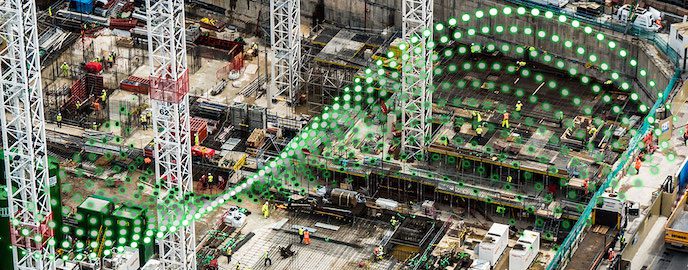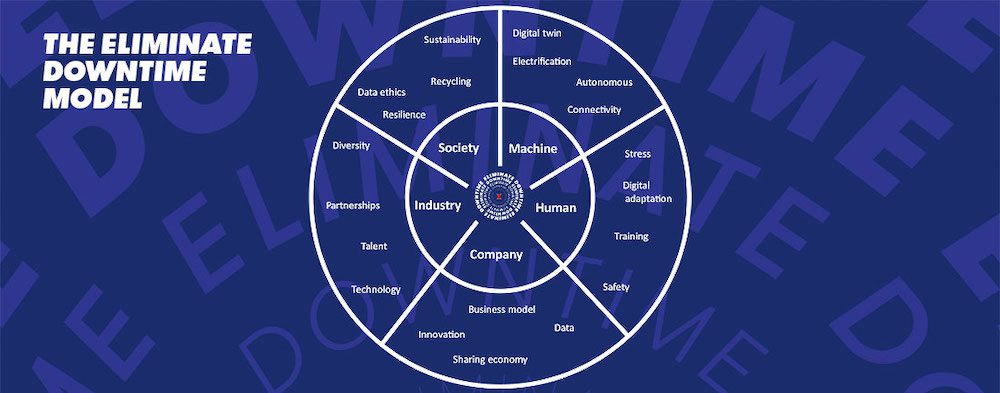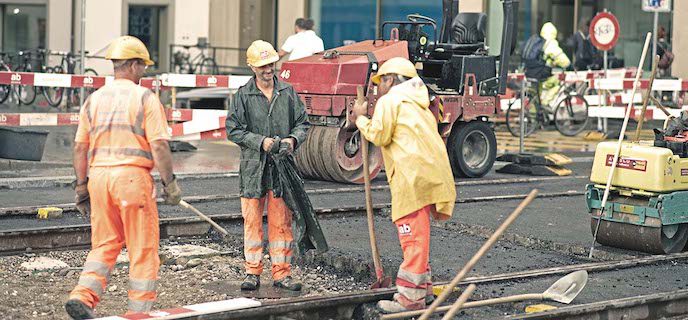

In order for a software product to make a lasting impact in the construction industry, it needs to solve genuine problems. This sounds simple, but many companies have failed trying by treating user problems as minor details. A true understanding of user problems can only happen from a direct interaction with the users themselves, asking the right questions and even understanding how the machine affect their daily jobs.
In January this year, KPMG stated that “This [2019] will be a year of data-driven enlightenment for the infrastructure sector.” Specifically, they predicted that data will drive operational efficiency in this arena and that new opportunities will present themselves as various parts of the ecosystem start to define interdependencies and digital interactions.
Construction equipment rental companies are central to this change.
It is generally accepted that the most data-efficient construction site in the future will be a connected site, or a Digital Twin: A site where all elements of the construction process are digitally linked together with the ability to be monitored in real-time and controlled centrally. Whilst this has been partially achieved in a minority projects to date, it is a fair way off being widely utilised.

As one of the largest trends affecting all aspects of construction from a data perspective, the term “Digital Twin” is being used universally and is evolving to describe a completely connected ecosystem for infrastructure. This forward-thinking concept is being embraced by some companies, such as BAM Nuttall who are improvising in this space.
In the UK, The Gemini Principles is a programme run by Cambridge University established to set the framework and pathway for digitising Britain’s infrastructure. Digital Twins of physical assets are helping organisations to make better-informed decisions, leading to improved outcomes.
Creating an ecosystem of connected Digital Twins – a national Digital Twin – creates the opportunity to release even greater value, using data for the organisation and to benefit the public. The Gemini Principles paper sets out proposed principles to guide the national digital twin and the information management framework that will enable it.
A copy of it can be found here.

The paper states that “Greater data sharing could release an additional £7bn per year of benefits across the UK infrastructure sectors, equivalent to 25% of total spend.” Since the UK represents approximately 3% of the world-wide construction sector, that infers total potential benefits up to $287bn which can be derived through the use of Digital Twin technology. That’s $287bn of efficiencies found and downtime eliminated.
Rental Companies are at the centre of the Eliminate Downtime movement and are a connecting factor in the planning, and execution phases in infrastructure and construction projects. Moving to a real-time Digital Twin, or Connected Jobsites, can only be achieved through collaboration and efficient use of real-time data from the machines and people that do the work.

The adoption of technologies such as telematics and IoT has made real-time data gathering from onboard machine sensors a reality. Already, rental companies are making this information available to their clients, which in turn is opening up new conversations. Based on data, clients now have the opportunity to request the features that provide the most value to them. As more machines, people and even materials (tagged) are connected on the jobsite, the better efficiency, accuracy and productivity can be monitored, measured and improved.
It’s important that any change proposed is easy to implement
The next steps will involve integrating with other stakeholders in the ecosystem. For example, providing benchmarking information for OEMs against their competitors; or, as IoT data is gathered in real time, combining it with historical data to highlight patterns and predict how the asset will perform under certain conditions. Predictive maintenance is also an area that some rental companies are moving towards. In addition, information from rental companies is being included into planning models in order to plan, estimate and resource projects. Rental companies are often the connectors between the planning and the execution phases.

It’s important that any change proposed is easy to implement. Jobsites are busy places and most of the focus is on getting the project done on time – and safely. It’s hard to find the time to implement something new. Sometimes in a practical sense, implementing something new might sound like a great idea, but knowing the steps to take to make it a reality are less clear. Calculating the true ROI is also not easy, and arguably this is the most important driver for implementing new solutions.
There are some solutions that are simply nice to have, while others actually provide a sizable and measurable ROI. Rental companies seem to have been successful so far in demonstrating the ROI of the solutions they offer by sharing the data they collect.
Rental companies seem to have been successful so far in demonstrating the ROI of the solutions they offer by sharing the data they collect
Once it can be determined exactly how a solution affects the ecosystem in which it exists, then ROI can be measured more effectively. This again requires collaboration and sharing of data, and collectively this can lead to the connected construction jobsite or Digital Twin that is the vision for so many.
Rome wasn’t built in a day, but they were laying bricks every hour. We must build on the Rental Companies’ successes so far, if other stakeholders are all making steps in the same direction as part of a connected ecosystem, then downtime can be eliminated by 2025.
Join the journey…
Never miss an insight. We’ll email you when new articles are published on this topic.
